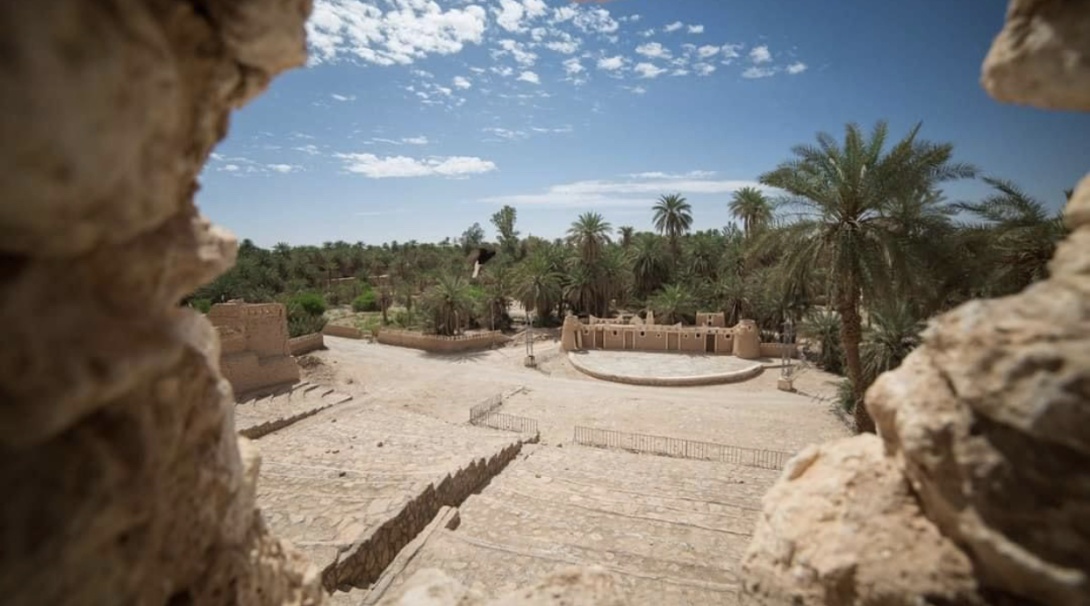It is a small Libyan town located in western Libya within the administrative division of Nalut District. It is 550 km from Tripoli to the southwest and east of the city of Ghadames, on the outskirts of Hamada Al-Hamra.
The town is known for its agriculture, grazing, natural springs, folklore and local traditional industries based on leather, palm and wool products, as well as a number of Quranic schools.
It has many streets, which are linked to public squares, the most important of which is Tiqa Square, in which social and public events, and celebrations are held, and the Makassi Square or "Servant's Market".
The city is surrounded by a wall with 3 gates: from the west "Bab Sidi Badr", from the south "Bab Sidi Ibrahim" and from the south "Bab Al-Makassi".
It has many tourist and archaeological attractions that include inscriptions, drawings and writings dating back to the BC period, in addition to ancient castles and palaces. It is surrounded by a group of old watchtowers, known locally as "Qasbat Diab", which were built by the Hilalites after their arrival in the area.
History
It was known for its history of struggle against the Italian occupation of Libya, among the battles in which the Mujahideen participated were the battles of Al-Qatar, Al-Bab, Al-Sawani and Kabau, in addition to its support for the Algerian liberation movement.
The annual Dirj festival
It is held in December and supervised by the General Authority for Tourism and Handicrafts, it includes holding many artistic and cultural activities, as well as traditional fashion shows from different regions of Libya and displaying and marketing local products. It was first started in 1985.



